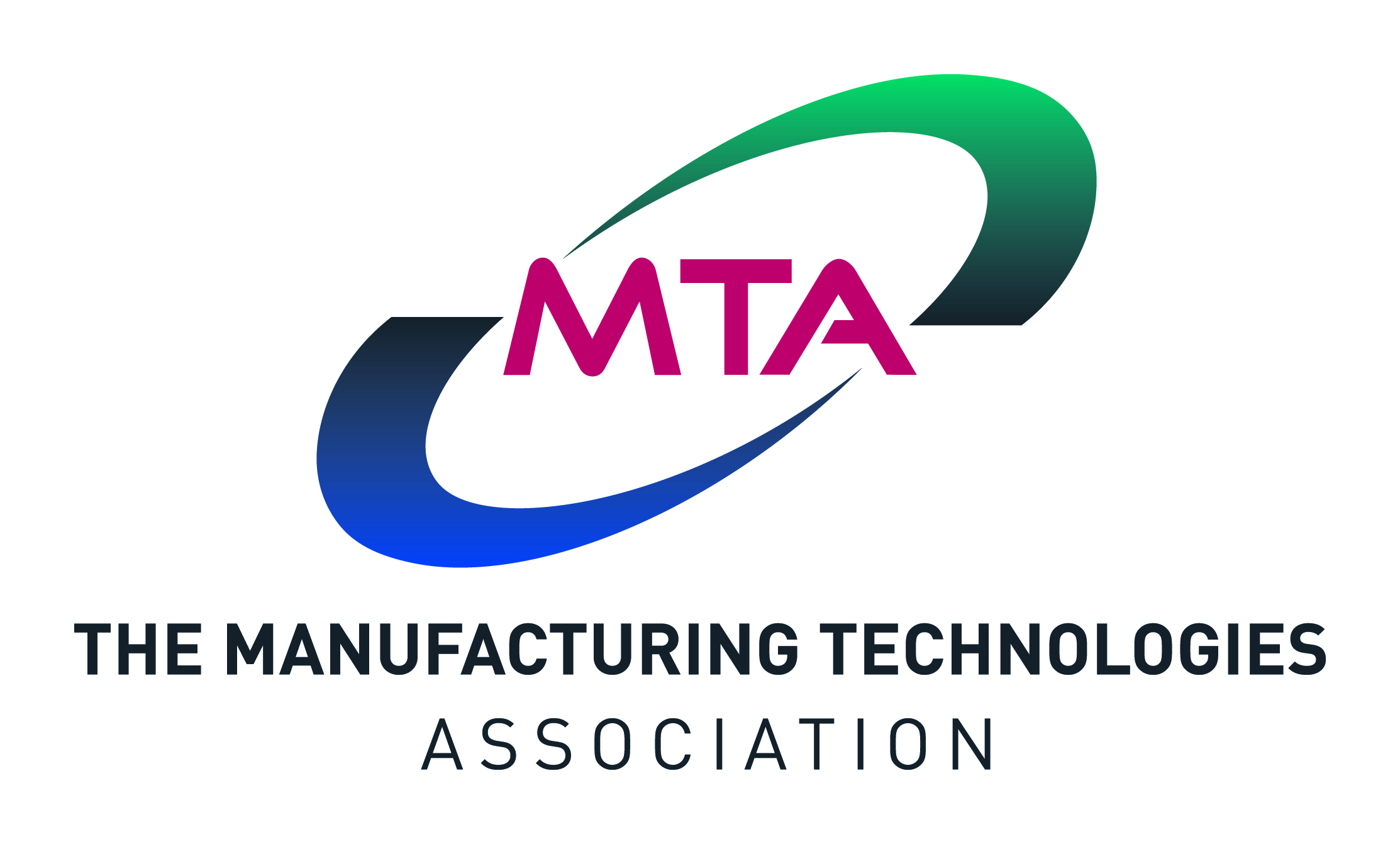This week, Jeremy Hunt, Chancellor of the Exchequer, presented the Government’s Autumn Statement – notably not a budget but designed mainly to instil some stability and confidence in the UK economy following the ill-fated “fiscal event” given by the previous resident of 11 Downing Street back in September.
Many news channels will have covered much of the detail, so apart from a couple of key headlines, this note will concentrate on some of the details (or the lack of them) which was in the small print but which are of importance to companies in the manufacturing technology spectrum.
One of the key headlines is the publication of new forecasts by the Office for Budget Responsibility (OBR) which provides “independent” cover for the proposals in the Autumn Statement. From this we learn that the UK economy (GDP) is expected to grow by +4.2% in 2022 before falling by -1.4% in 2023 ahead of a semi-recovery in 2024 with growth at +1.3%. This compares with forecasts from Oxford Economics of +3.5%, +0.1% and +2.1% respectively which under-pinned our recent machine tool and cutting tool forecasts although these have since been revised, with their latest readings at +4.3%, -0.7% and +1.8% respectively. Also this week, we have the views of the European Commission which you can read elsewhere in this week’s Friday Brief (GDP trends of +4.2% in 2022, -0.9% in 2023 and +0.9% in 2024).
The other element of the OBR forecast to highlight is for business investment where they predict growth of +4.9% this year, a fall of -2.1% in 2023 before a recovery of +3.0% in 2024 and then growth somewhat spectacular increases of +8.2% and +6.6% over the following two years.
We turn then to some of the details that affect companies, especially those in and around the manufacturing technology spectrum, including the following:
- The Chancellor confirmed that from April 2023, the Annual Investment Allowance (AIA) will be permanently set at £1 million – this was originally announced by Mr Kwarteng. This is the current rate for the AIA but as a temporary extension of the standard allowance but this does mean no change in this rate next year when that weas due to expire.
- There is, however, no mention of the super-deduction allowance (other than a technical note) so we assume that this will end on 31st March 2023. Our survey evidence from the MACH visitors had suggested that this had more impact as an investment incentive than the AIA but its ending is not really a surprise.
- Energy security was one of the themes of the statement and this includes support for renewables and the announcement that the Sizewell C Nuclear Reactor will go ahead. While both of these are welcome – there is a lot of machining in wind and nuclear power! – the future of the small modular system proposed by Rolls-Royce is unclear. The other issue is that Sizewell C is unlikely to be on line until the 2030’s by which time, it will only be replacing some of the UK’s old nuclear stations rather than replacing gas as a generating source.
- There is to be a significant increase in funding for the UK’s nine Catapult centres “to allow them to continue to support innovation and commercialisation”.
- Alongside this, the Made Smarter Adoption programme is to be extended to the East Midlands; although this scheme is now active in a few regions based on the pilot that was run in the North West, the implementation looks very different to the pilot, so the outcomes remain to be seen.
- There is also to be an increase in public spending on R&D to £20 billion, a cash increase of around one-third.
- The Government’s review of R&D tax credits continues but they will be changed in the short-term, in part at least because of concerns over error and fraud in the SME scheme where the generosity makes it vulnerable to fraud – some in the industry would argue that it is not generous enough because of the restrictive definition of R&D which mainly covers Research but often excludes Development. The government regards the parallel R&D expenditure credit as better value and will be increasing this while reducing the SME scheme benefit to bring these into balance.
- The government intends to re-focus the Investment Zones programme to generate clusters of knowledge by leveraging local research strengths as part of its levelling-up programme. This means that the current round of submissions under this scheme won’t be continued.
If you are interested in more details, the starting point is at https://www.gov.uk/government/publications/autumn-statement-2022-documents which is the government portal. However, we have downloaded the main document as a word file and attached this below – the benefit of this is that you can search the document more easily based on any topic in which you might be interested.

